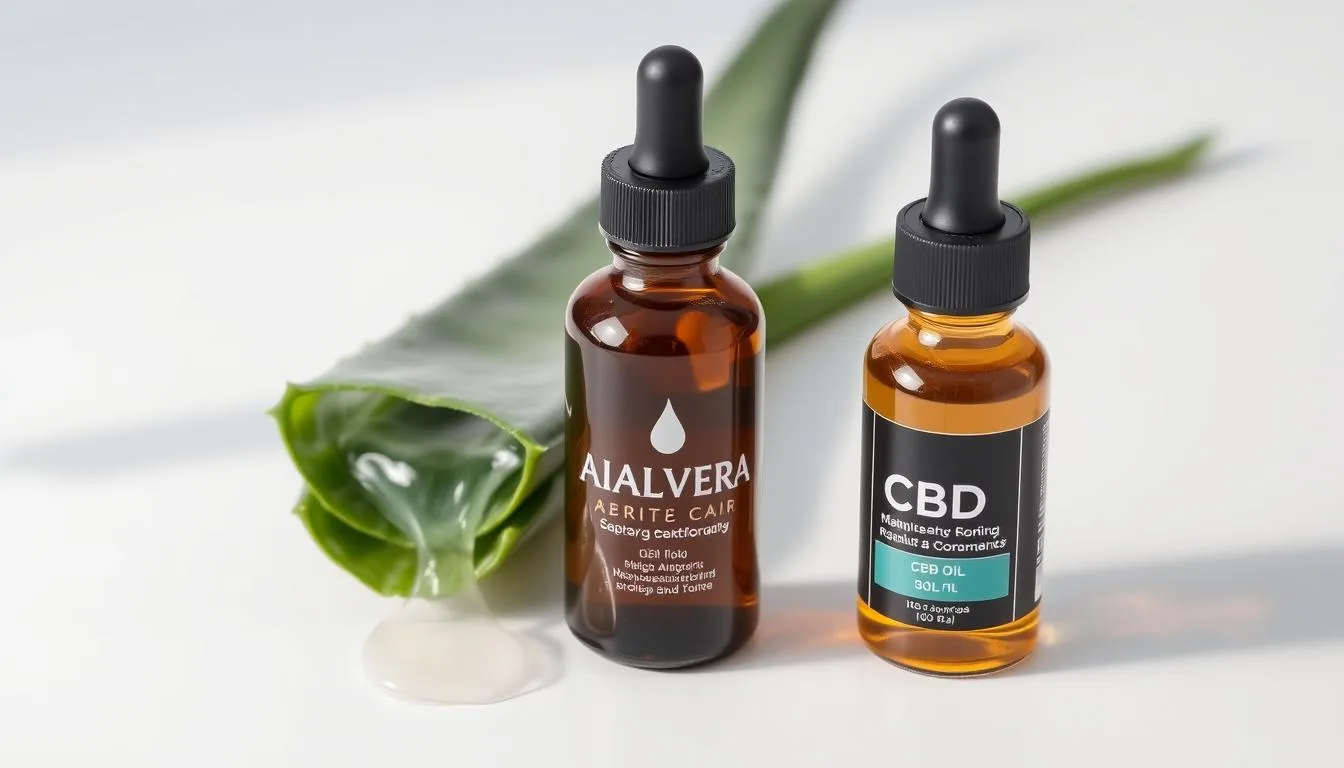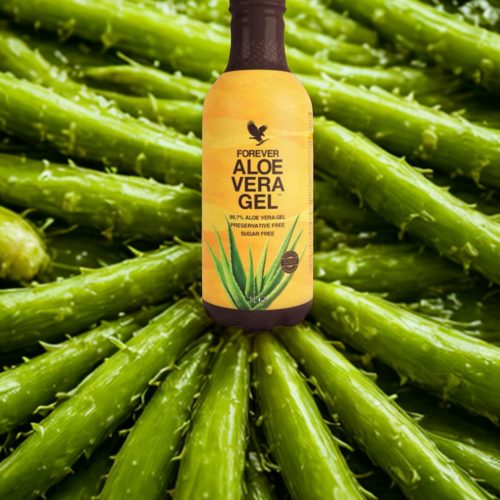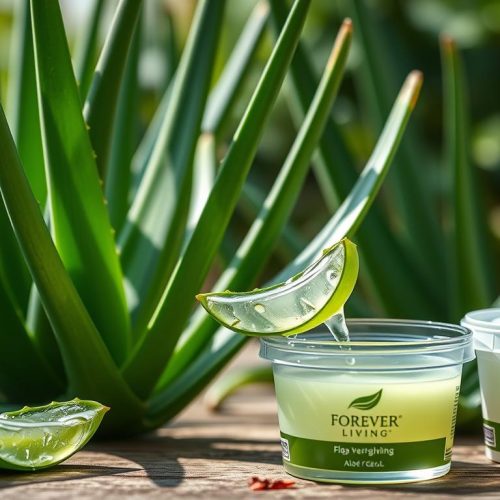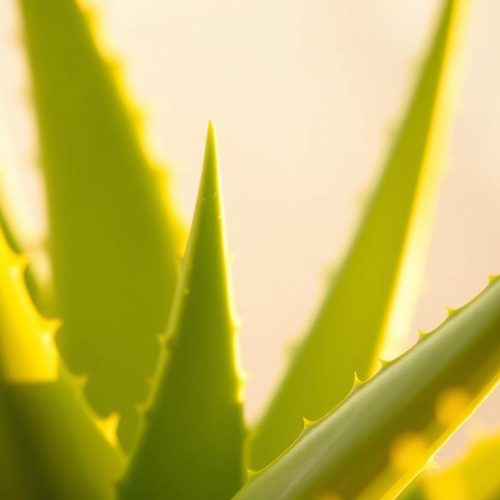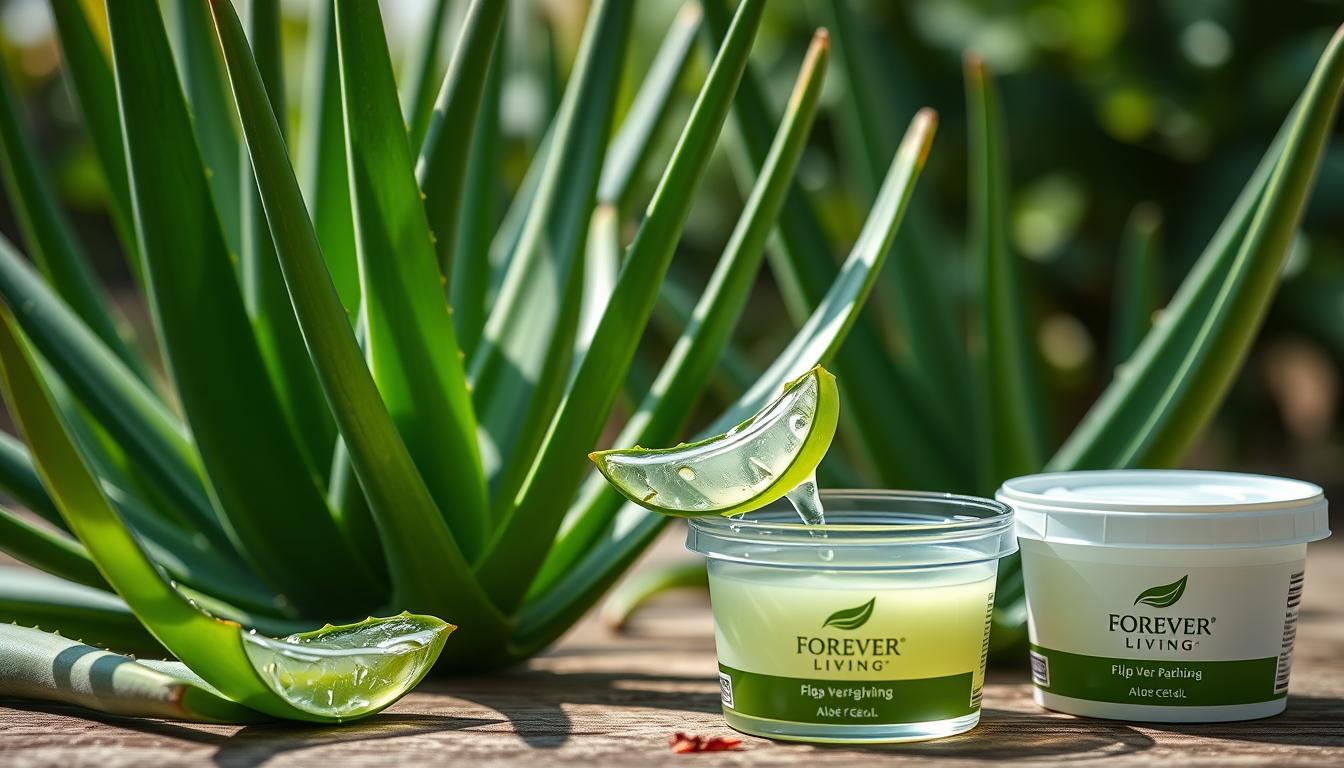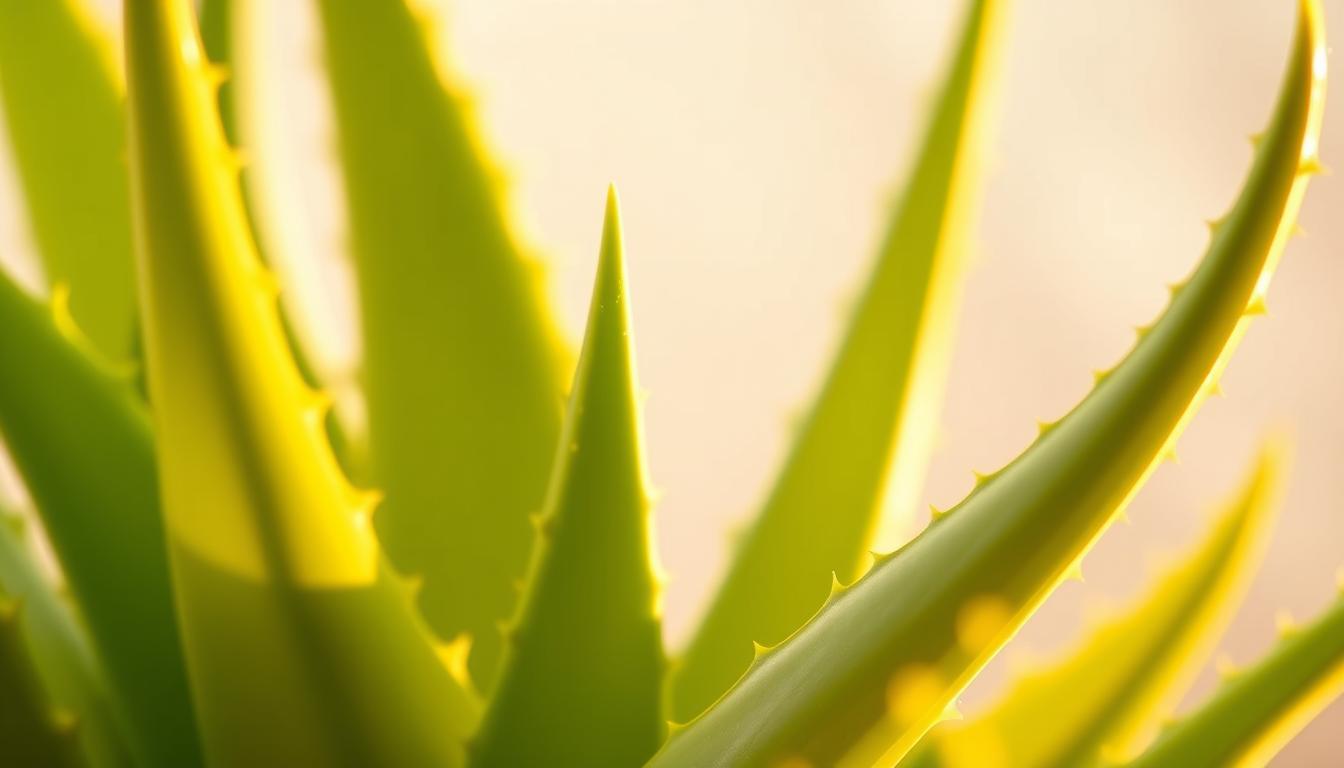The Aloe Vera and CBD comparison 2025 landscape reveals a fascinating clash between ancient botanical wisdom and modern cannabinoid science. As natural remedies continue to dominate wellness conversations, these two plant-derived powerhouses stand at the forefront of holistic health solutions. Aloe Vera brings 6,000 years of trusted healing properties, while CBD offers innovative approaches to wellness through recently discovered endocannabinoid system interactions. This comprehensive analysis explores which remedy might better serve your health needs as natural remedies 2025 trends continue to evolve.
Historical Context vs. Modern Innovation
Aloe Vera’s legacy as the “Plant of Immortality” spans millennia, with documented use in Egyptian medicine dating back to 1550 BCE. Ancient physicians valued this succulent for wound healing, digestive support, and skin rejuvenation. Its processing methods have remained largely unchanged, emphasizing minimal filtration to preserve its natural nutrient profile.
In contrast, CBD emerged as a wellness disruptor following the 2018 Farm Bill, which legalized hemp cultivation in the United States. Despite its relatively recent popularity, CBD’s interaction with the human endocannabinoid system has sparked extensive research into its potential for addressing inflammation, anxiety, and sleep disorders.

While Aloe Vera carries the weight of historical validation, CBD represents the frontier of botanical research in 2025’s wellness landscape.
Scientific Backing in 2025
The scientific community has extensively studied both remedies, with varying degrees of clinical validation. Understanding their evidence-based benefits helps consumers make informed choices in 2025’s crowded wellness market.
Aloe Vera’s Proven Benefits
Clinical studies have validated Aloe Vera’s efficacy for several conditions:
- Relief for interstitial cystitis (IC/BPS) through glycosaminoglycans (GAGs) support
- Enhanced wound healing with 8.3% faster recovery in human trials
- Improved skin hydration and elasticity in dermatological studies
- Digestive support with anti-inflammatory properties

CBD’s Emerging Research
While newer to scientific scrutiny, CBD shows promising results:
- 28–83% pain reduction in rodent models of neuropathy
- FDA approval of Epidiolex for specific forms of epilepsy
- Early human tissue studies showing reduced pain receptor activity
- Preliminary evidence for anxiety and sleep improvement

Key Difference: Aloe Vera enjoys GRAS (Generally Recognized as Safe) status from the FDA, while CBD products remain in regulatory flux with limited FDA approvals for specific conditions.
Market Trends and Consumer Preferences
The natural wellness market continues to evolve, with both remedies carving distinct niches based on consumer preferences and emerging research.

Aloe Vera Market Strengths
- Sustains a $6 billion skincare market globally
- Trusted legacy with minimal consumer skepticism
- Stable regulatory environment with clear safety guidelines
- Minimal processing appeals to natural product purists
CBD Market Challenges
- 26% of products misstate CBD content in independent testing
- Regulatory uncertainty across different jurisdictions
- Higher price points compared to traditional remedies
- Consumer confusion about THC content and effects
Consumer preferences increasingly favor transparency in sourcing and processing. Clear, odorless aloe juices often indicate nutrient stripping through excessive filtration, while CBD’s “entourage effect” has educated consumers about the benefits of full-spectrum products over isolates.
Wellness Applications
Both Aloe Vera and CBD offer distinct benefits for various wellness needs, with some applications showing clear advantages for one remedy over the other.
Topical Use Comparison
| Concern | Aloe Vera Effectiveness | CBD Effectiveness | Best Choice |
| Sunburn Relief | Excellent – Immediate cooling | Moderate – Anti-inflammatory | Aloe Vera |
| Chronic Skin Conditions | Good – Surface hydration | Very Good – Deep tissue action | CBD |
| Minor Cuts | Very Good – Accelerates healing | Good – Reduces inflammation | Aloe Vera |
| Muscle Recovery | Moderate – Surface relief | Excellent – Deep tissue penetration | CBD |

Internal Use Benefits
Aloe Vera Juice Benefits
- Digestive tract soothing and regulation
- Immune system support through polysaccharides
- Detoxification support for liver function
- Nutrient absorption enhancement

CBD Oil Benefits
- Anxiety and stress reduction
- Sleep quality improvement
- Systemic inflammation management
- Potential neurological protection

Synergistic Potential: Research from 2025 indicates that CBD-Aloe Vera formulations may offer 25% higher absorption rates and enhanced therapeutic effects compared to either compound alone.
Safety & Regulatory Landscape
Understanding the safety profiles and regulatory status of both remedies helps consumers navigate potential risks and ensure compliance with current laws.

What is Aloe Vera’s safety profile?
Aloe Vera enjoys Generally Recognized as Safe (GRAS) status from the FDA for topical applications. Oral consumption of properly processed aloe (with aloin removed) is considered safe for most adults. Side effects are rare but may include digestive discomfort in sensitive individuals.
What is CBD’s legal status in 2025?
CBD derived from hemp containing less than 0.3% THC remains federally legal, though state regulations vary. The FDA has approved only limited CBD-based medications for specific conditions. Consumers should verify local laws before purchasing, especially when traveling between states.
Are there drug interactions with either remedy?
CBD may interact with blood thinners, certain antidepressants, and medications metabolized by the cytochrome P450 enzyme system. Aloe Vera may enhance the effects of diabetes medications and could potentially interact with certain diuretics. Always consult healthcare providers before combining with prescription medications.
Quality Verification: For both remedies, third-party testing is crucial. Look for certificates of analysis (COAs) for CBD products and clear ingredient listings for Aloe Vera products to ensure you’re getting what’s advertised.
Future Outlook: Synergy Over Competition
The wellness industry in 2025 increasingly recognizes that Aloe Vera and CBD offer complementary rather than competing benefits. This shift has led to innovative combined formulations that leverage the strengths of both natural remedies.

Emerging Combined Applications
Brands like Desert Harvest and Zebra CBD have pioneered formulations that demonstrate how these remedies can work together:
- Topical pain relief products with 25% higher absorption rates
- Post-workout recovery creams combining cooling aloe with deep-tissue CBD action
- Skin condition treatments addressing both surface symptoms and underlying inflammation
- Digestive wellness supplements pairing aloe’s soothing properties with CBD’s stress-reduction benefits
Sustainability Focus
Both industries have embraced eco-friendly practices, with regenerative farming for hemp/CBD production and organic, water-conserving cultivation methods for Aloe Vera. This shared commitment to sustainability further aligns these natural remedy sectors.

Key Takeaways: Choosing Your Ideal Natural Remedy
The Aloe Vera and CBD comparison 2025 analysis reveals that both remedies offer significant benefits, with selection depending on your specific wellness needs:
Overall Remedy Comparison
Immediate Relief
Aloe Vera
Chronic Condition Management
CBD
Scientific Validation
Aloe Vera
Regulatory Clarity
Aloe Vera
Innovation Potential
CBD
For immediate relief from burns, cuts, or surface irritation, Aloe Vera remains the gold standard. For deeper, systemic issues like chronic pain, anxiety, or inflammatory conditions, CBD offers promising benefits. The most exciting developments in 2025’s natural wellness landscape come from products that thoughtfully combine both remedies to address multiple aspects of health simultaneously.
